Coconut is one of God’s gifts that should be grateful for because this coconut plant has a million benefits that are very useful for life, so it is known as the tree of life. Coconut trees themselves can grow well in the tropics, which means that Indonesia as the largest tropical country in Southeast Asia certainly has great potential for this coconut tree.
Indonesian people and even the world community must be familiar with the abundance of coconut tree populations that are widespread on every island throughout Indonesia. Well, to get to know more about coconut in Indonesia, let’s look at some facts about coconuts in Indonesia that may be rarely known.
6 Facts about Coconut in Indonesia
1. The largest tropical coconut-producing country in the world
Indonesia is the largest tropical coconut-producing country in the world with a wide distribution of coconut plantations throughout Indonesia. Where the total area of coconut land is around 3.39 million hectares. The area that has the highest coconut plantations in Indonesia is occupied by Riau Province with a plantation area of 425.80 hectares in 2020.
2. Source of Income and Foreign Exchange
The coconut plant has become a plantation commodity that generates foreign exchange for Indonesia, a source of regional original income, as well as a source of income for plantation farmers and the Indonesian people.
Related Article: How to Buy Coconut Products From Suppliers in Indonesia?
3. Diverse Indonesian Coconut Derivatives
Almost all parts of the coconut have been exported from Indonesia. Starting from coconut meat, coconut fiber, coconut water, coconut shell, to the stem. And there are at least 13 varieties of Indonesian coconut derivative commodities that have been selling well in the global market.
4. Reach Across Six Continents
Exports of Indonesian coconut products have penetrated dozens of destination countries spread across 6 continents. Starting from Asia, Australia, Africa, North America, to South America. In January-May 2020 alone, exports of processed coconut products were recorded to have reached 463.5 thousand tons to dozens of countries spread across 6 continents.
5. Leading Global Palm Oil Producer
Indonesia also has the largest oil palm plantation (a type of coconut) in the world with a total area of around 14.85 million hectares of oil palm in 2020. Until now, Indonesia is also the three largest countries that produce high quality palm oil products.
Related Article : How Does Coconut Influence the Economy & Culture of Indonesia?
6. Coconut as a Culture
In addition to contributing greatly to the economy, coconut is also one of the plants that is closely related to the socio-cultural life of the Indonesian people. This coconut is often part of the traditions of people from various regions in Indonesia.
For example, the tradition of throwing young coconuts at each other called ‘ceprotan’ from Pacitan, East Java Province. The tradition of war using coconut husk with a smoldering fire by the Hindu community in Bali. Then the game of football using a ball made of dried coconut husk soaked in oil and then burned which is usually played by some people in Java.
So, those are facts about the Indonesian coconut. What kinds of coconut products are produced in Indonesia? Find out in our upcoming article!
Source: bps.go.id, indonesiabaik.id

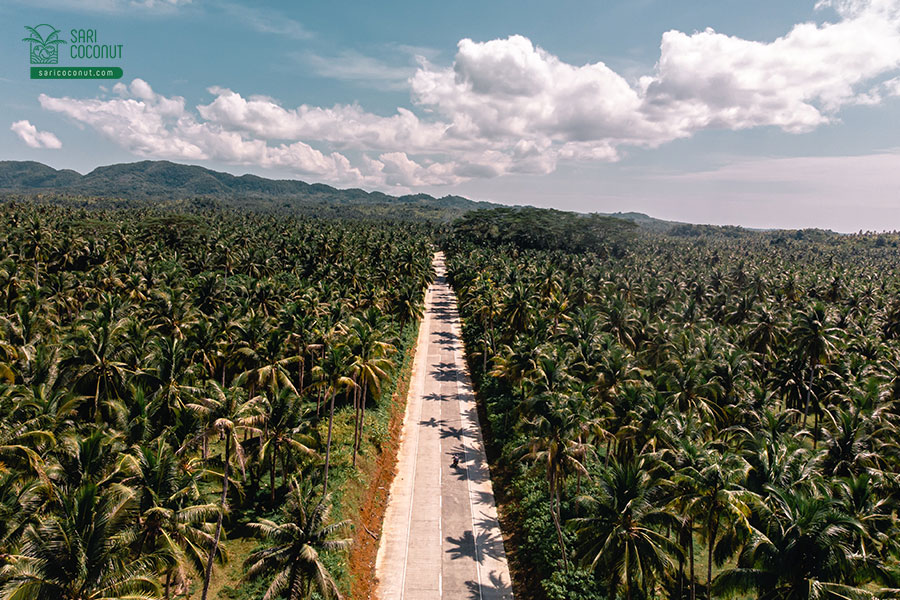
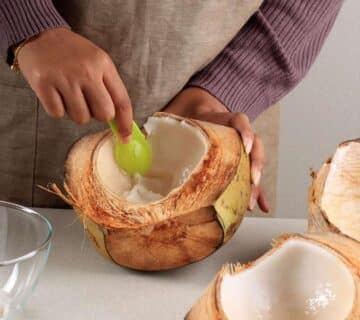
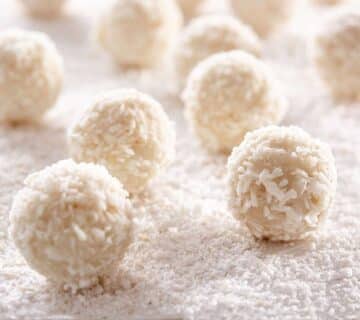
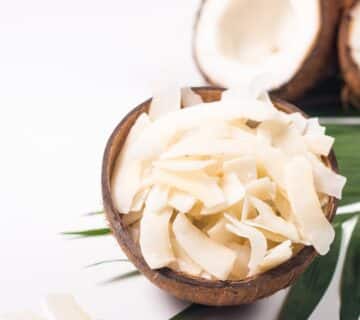

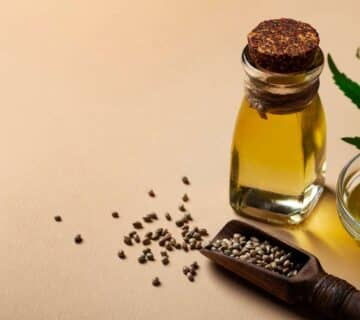
No comment